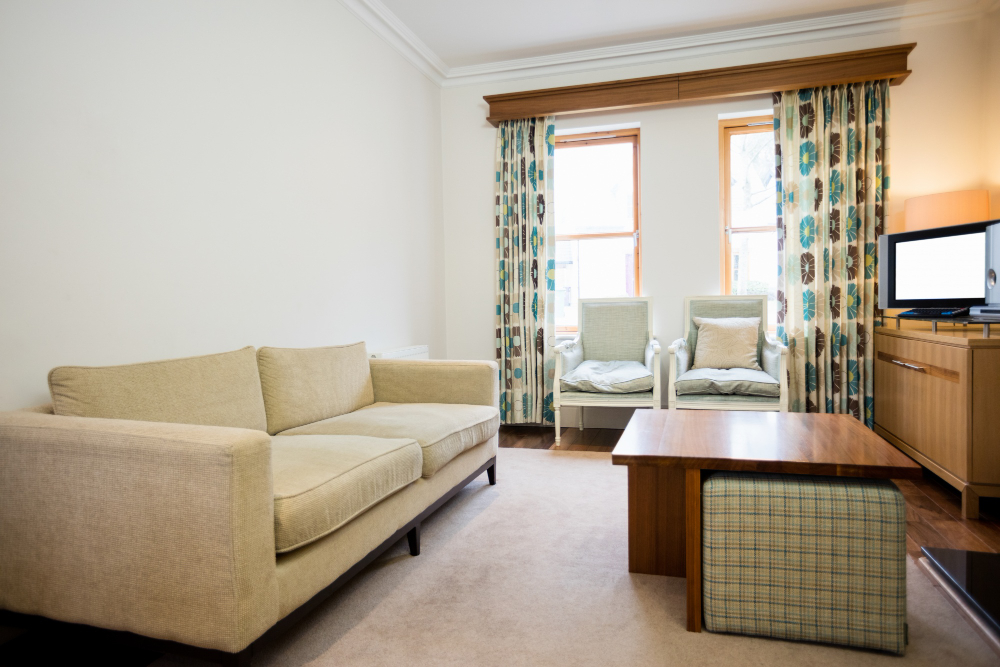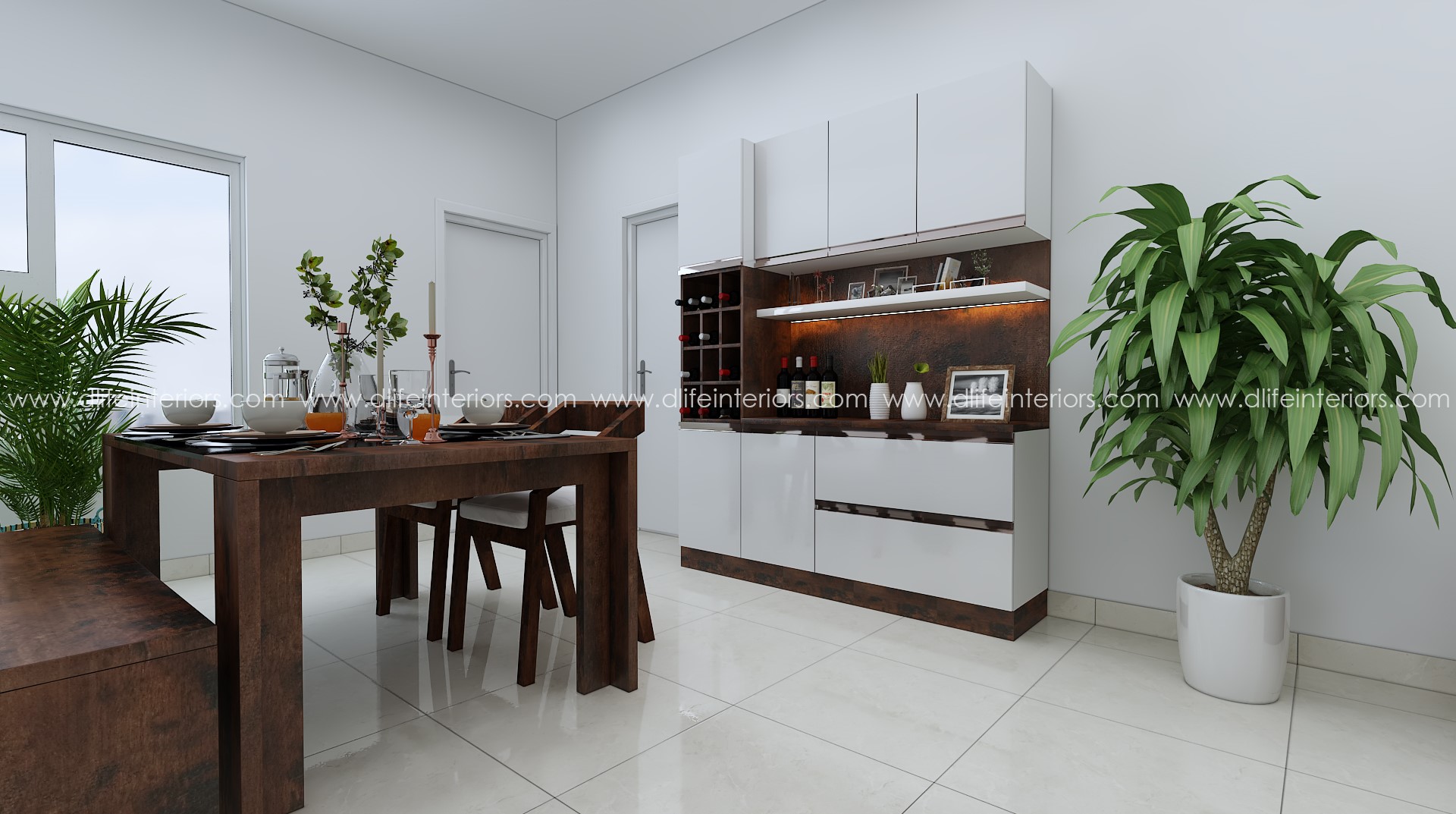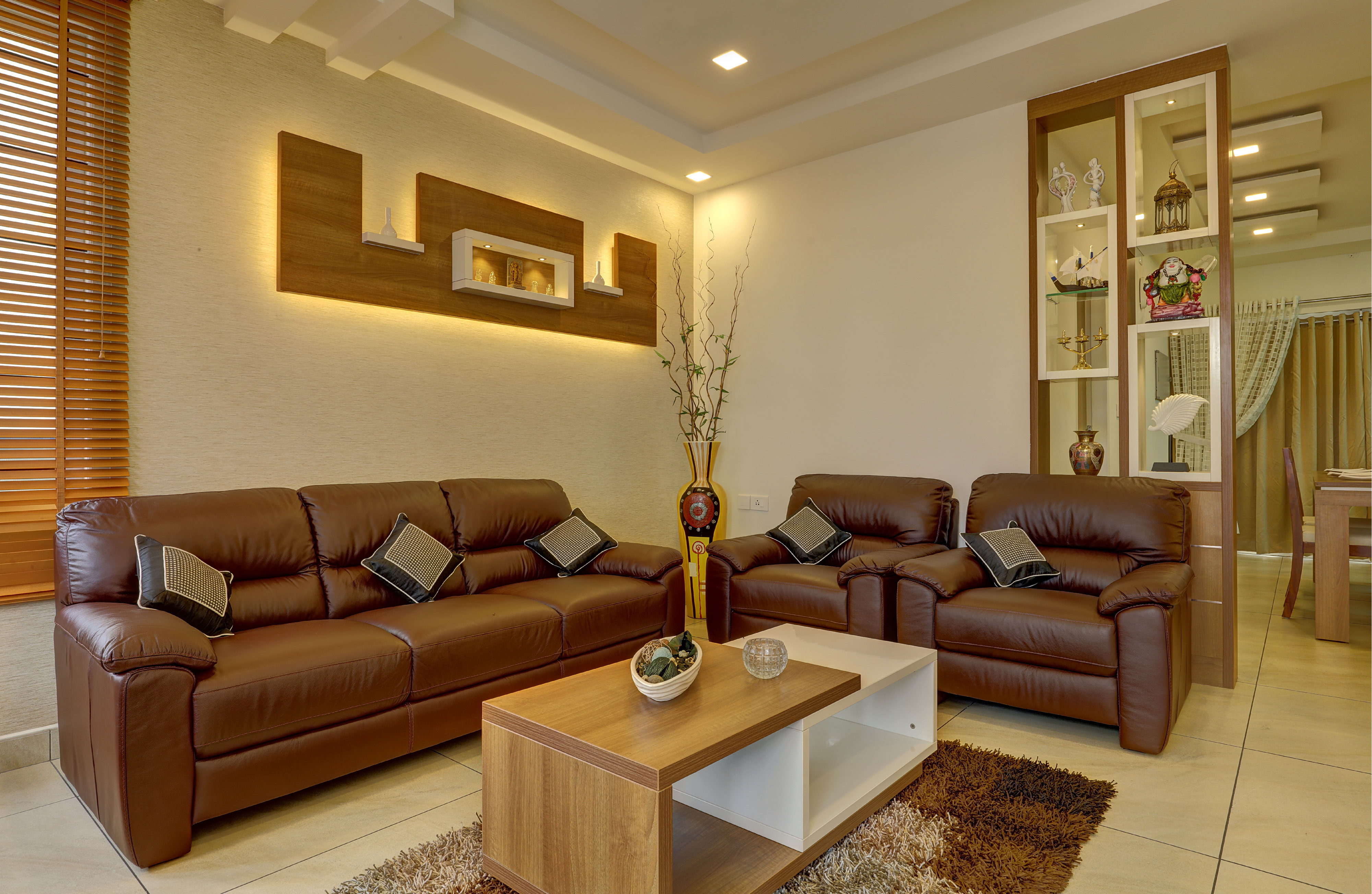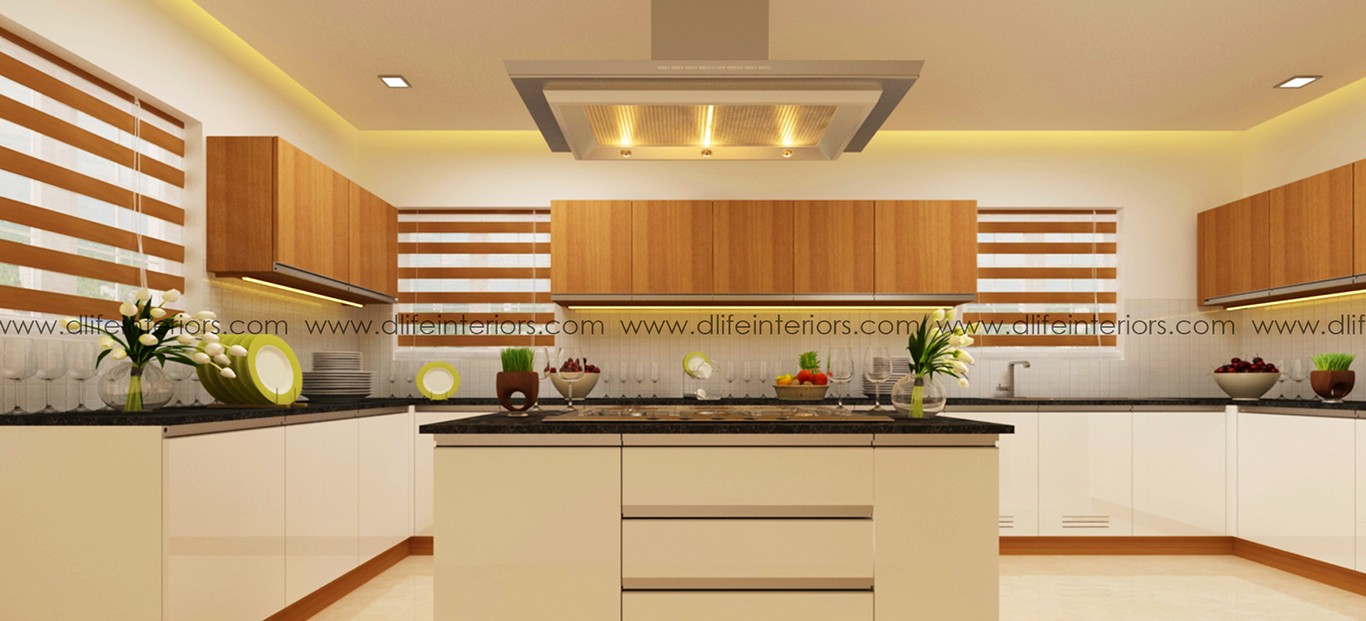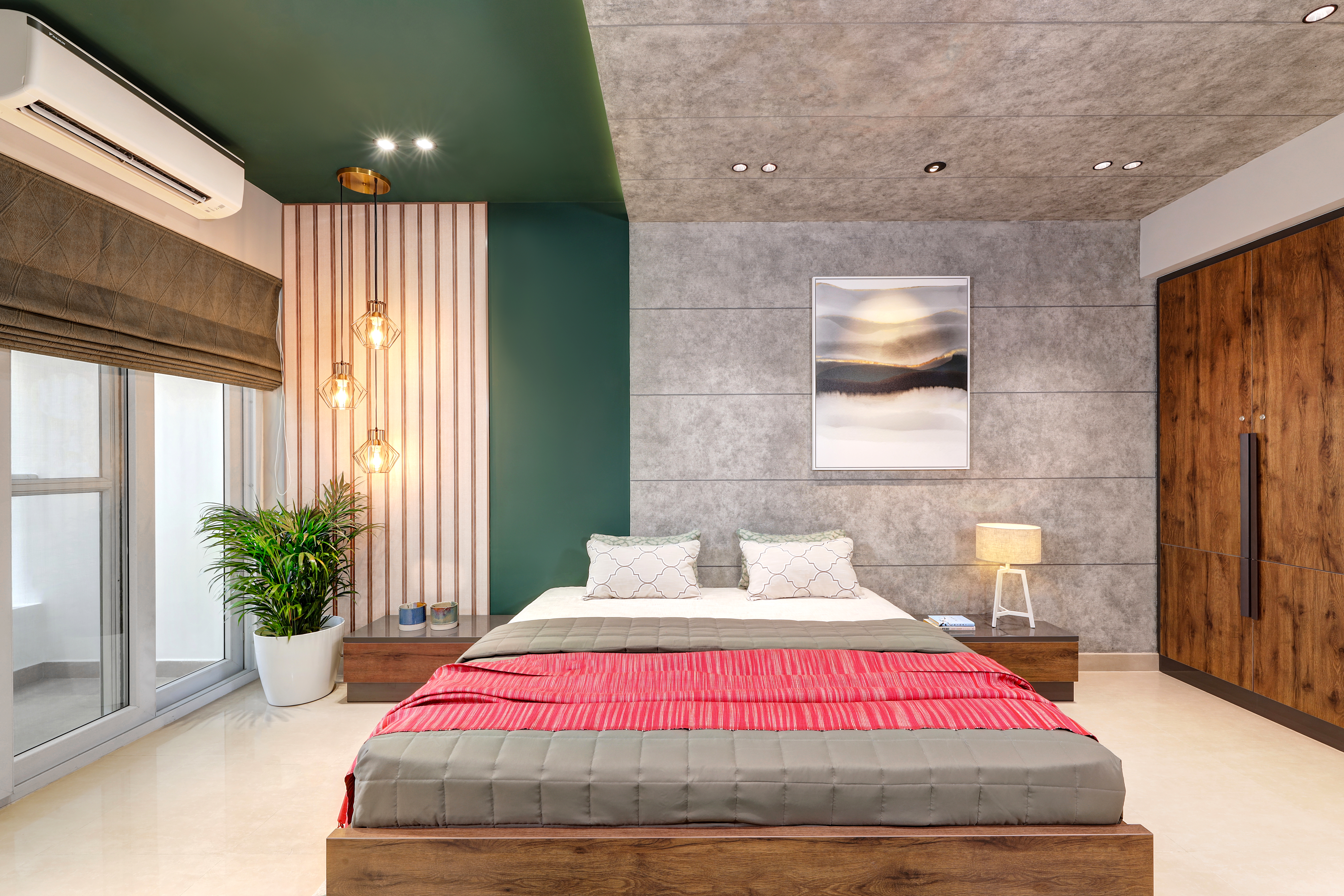 Real Blogger Outreach – Powerful Links. Zero Spam.
Real Blogger Outreach – Powerful Links. Zero Spam.
Dining Room Essentials for a Family-friendly Space
Written by DLIFE Home Interiors » Updated on: June 17th, 2025

Creating a dining room that caters to both style and functionality is no easy feat, especially when you have a bustling family. But don’t worry! We’re here to help you transform your dining area into a welcoming hub everyone can enjoy. From selecting the right furniture to incorporating practical design elements, our interior designers in Mumbai created this guide to walk you through the dining room essentials needed for a family-friendly space.
Understanding Family Needs in a Dining Room
Before you start decorating, consider the specific needs of your family. Do you host large gatherings, or is it just intimate family meals? Understanding this will guide your choices in furniture and layout. For instance, if you often have guests, a table with extendable leaves can be a great fit.
Additionally, think about durability. Kids can be tough on furniture, so opt for materials that withstand spills and scratches. Wood is a classic choice, offering resilience and beauty. Look for finishes that can be easily cleaned, ensuring your dining room remains pristine.
Finally, consider accessibility for all family members. Ensure chairs are comfortable for both adults and children, and think about the flow of movement in the room. This ensures everyone can move around easily, without bumping into obstacles.
Choosing the Right Dining Table
The dining table is undoubtedly the centerpiece of any dining room. When choosing one, consider the size of your family and the space available. Round tables can save space and encourage conversation, while rectangular tables are great for larger families.
Material choice is crucial as well. Solid wood tables offer durability and a timeless appeal, while glass tables can give a modern touch but may require more maintenance. Choose a material that aligns with your family’s lifestyle and aesthetic preferences.
Don’t forget about the table’s height. Standard dining tables are typically 28-30 inches tall. Ensure the table works well with your chosen chairs to provide comfort during meals and gatherings.
Selecting Comfortable Seating Options
Seating is equally important in creating a welcoming dining space. Chairs should offer comfort and support, encouraging family members to linger over meals. Upholstered chairs can provide added comfort but may require more upkeep.
Consider benches if you’re short on space. They can be tucked under the table when not in use, offering a streamlined look. Plus, they can accommodate more people, making them perfect for families with children.
Mixing and matching different seating styles can add visual interest. Pair solid wood chairs with an upholstered bench or opt for chairs in varying colors to add a playful touch to the room.
Incorporating Storage Solutions
Storage is a key element in keeping your dining room organized and clutter-free. A sideboard or buffet can be invaluable, providing space for storing dishes, linens, and other dining essentials.
For families with young children, consider storage solutions that can be easily accessed. Low shelves or cabinets are perfect for storing kids’ dining ware and can teach them independence during meal times.
Floating shelves can be a stylish addition, allowing you to display decorative pieces or frequently used items. This not only adds functionality but also enhances the room’s visual appeal.
Selecting Durable and Stylish Flooring
Flooring in a dining room needs to withstand the rigors of daily family life. Hardwood floors are a popular choice, offering both durability and warmth. They can be refinished if they become scratched over time.
If you prefer a softer feel, consider adding an area rug under the dining table. Choose a rug that is easy to clean and large enough to fit all chairs, even when they’re pulled out from the table.
Tile flooring is another option, particularly for families prone to spills. It’s durable and comes in a variety of styles, allowing you to customize the look of your dining area.
Enhancing Ambiance with Lighting
Lighting plays a crucial role in setting the mood of your dining room. Consider a statement chandelier or pendant light to serve as a focal point above the table. This not only enhances the room’s aesthetics but also provides ample lighting during meals.
Layered lighting is key to achieving the right ambiance. Incorporate task lighting, such as wall sconces or table lamps, to add warmth and dimension. This allows you to adjust the light according to the occasion, be it a romantic dinner or a lively family gathering.
For an added touch of sophistication, consider installing dimmer switches. This gives you control over the lighting intensity, making it easy to transition from day to evening settings.
Adding Personal Touches with Decor
Personal touches make your dining room truly feel like home. Consider adding family photos or artwork that resonates with your family’s personality. Gallery walls can be a great way to showcase these personal elements.
Centerpieces such as vases with fresh flowers or decorative bowls can add elegance without overwhelming the table. Change these decor pieces seasonally to keep the dining room feeling fresh and inviting.
Don’t be afraid to incorporate color through decor. Cushions, table runners, and curtains can add pops of color, enhancing the overall warmth and vibrancy of the room.
Choosing Tableware for Every Occasion
Tableware is an essential part of any dining experience. Invest in a versatile set that can be dressed up or down depending on the occasion. White or neutral-colored plates are timeless and allow the food to be the star of the show.
For families, consider durable materials like stoneware or melamine, which are less prone to chipping. Adding a colorful or patterned set can also be a fun way to liven up everyday meals.
Glassware and flatware should align with both the style of your dining room and the needs of your family. Keep everyday pieces within easy reach in storage solutions to simplify mealtime.
Creating a Flexible Layout
A flexible layout allows your dining room to adapt to various needs, from family dinners to entertaining guests. Ensure there’s enough space around the table for easy movement, and consider how the room might need to change for different events.
Consider movable furniture, like a folding table or stackable chairs, which can be easily stored when not in use. This adaptability can be invaluable, especially in homes where space is at a premium.
Remember, the layout should reflect the way your family uses the space. If children do homework at the table or games are a common occurrence, arrange the furniture to accommodate these activities comfortably.
Incorporating Greenery for a Fresh Feel
Plants can breathe life into any space, and the dining room is no exception. Consider incorporating houseplants to enhance the room’s atmosphere. Choose low-maintenance varieties if you’re short on time.
A large plant in the corner can serve as a beautiful natural feature, while smaller potted plants on the table or sideboard can add subtle touches of green. Ensure the plants receive enough light and water to thrive.
Fresh herbs like basil or mint can also be a delightful addition. Not only do they look and smell good, but they’re also handy for garnishing dishes right at the table.
Crafting a Cohesive Color Scheme
A cohesive color scheme ties the room together, creating a harmonious and inviting environment. Neutral tones can provide a calming backdrop, while accents of bold colors can add interest and depth.
Consider the mood you want to evoke. Warm colors like reds and oranges can create an energetic atmosphere, while cooler tones like blues and greens offer a more relaxed vibe.
Incorporate your chosen color palette through various elements, including walls, upholstery, and decor. This consistent theme will enhance the room’s overall aesthetics and make it feel more complete.
Conclusion
A family-friendly dining room is more than just a place to eat; it’s where memories are made and connections are strengthened. By incorporating these dining room essentials, you’re not only creating a functional space but also cultivating an environment that brings joy to everyday family interactions.
Whether you’re redecorating or starting from scratch, these tips from a team of professional interior designers in India will guide you in crafting a space that reflects your family’s unique personality and lifestyle. Remember, the heart of the home lies in spaces where love, laughter, and delicious meals are shared.
Note: IndiBlogHub features both user-submitted and editorial content. We do not verify third-party contributions. Read our Disclaimer and Privacy Policyfor details.
Copyright © 2019-2025 IndiBlogHub.com. All rights reserved. Hosted on DigitalOcean for fast, reliable performance.


